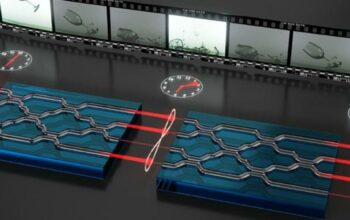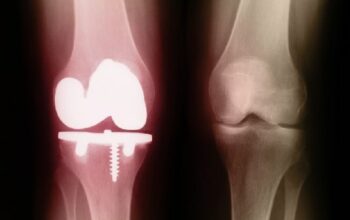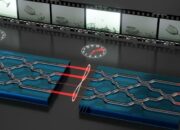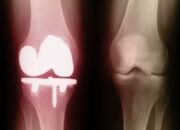The realm of color printing has undergone a revolutionary metamorphosis, particularly through the lens of nanotechnology, which is redefining the very limits of resolution. As the demand for vivid imagery and precise detail escalates, physicists and engineers have converged to examine the fundamental principles that govern the interplay between color and resolution. This exploration not only emphasizes the importance of nanoscale innovations but also provides insight into the intricate methods being employed to achieve unprecedented fidelity in printed materials.
At the crux of this transformation lies the understanding of light and color. Traditional printing processes, while effective, have often relied on a finite range of pigment saturation and dispersion. The inception of digital printing technology heralded a new era, embracing the modulation of ink droplets at a macroscopic scale. However, as print preferences shifted toward greater detail and vibrancy, the limitations of such techniques have become evident. Optics, the branch of physics that deals with the behavior and properties of light, plays a crucial role in navigating these constraints.
Nanotechnology enters as a formidable ally, offering unparalleled precision at the atomic and molecular levels. By manipulating materials at this scale, researchers can engineer pigments that exhibit improved optical properties, enabling a more nuanced representation of colors. The employment of nanostructured materials, such as quantum dots and nanoscale pigments, has catalyzed the production of inks that not only enhance chromatic richness but also improve durability and stability under various environmental conditions.
In examining the intricacies of nanotech-enabled color printing, one must consider the advancements in ink formulation. Traditional inks, despite their wide usage, have inherent limitations in color gamut and opacity. By employing nanostructured pigments, printers can leverage enhanced light absorption and scattering effects. Quantum dots, for instance, have demonstrated tunable emission properties, allowing for a broader spectrum of colors to be reproduced with remarkable accuracy. This tunability is fundamentally a consequence of quantum confinement effects, where the size of the nanoparticles dictates their electronic and optical behavior.
Moreover, the advent of super-resolution microscopy has influenced the evolution of printing techniques. Techniques such as Stimulated Emission Depletion (STED) and Photoactivated Localization Microscopy (PALM) have revived interest in understanding printing resolution from a nanoscale perspective. These high-resolution imaging modalities facilitate the visualization of printed materials at resolutions previously deemed unattainable. Consequently, researchers are motivated to reevaluate how color is integrated and represented within printed substrates, particularly under various illumination conditions.
Furthermore, the physical properties of the substrate significantly influence the final outcome of the printed image. Advances in material sciences have produced surface treatments and coatings that enhance interactions with nanoscale inks. The application of hydrophobic or hydrophilic surfaces can regulate ink spreading and drying times, thereby allowing finer details and sharper edges to emerge in the final product. This surface manipulation is particularly useful in applications where precision and clarity are paramount, such as in the printing of microelectronics or complex biological assays.
The ramifications of nanotech in color printing extend beyond mere aesthetics. This innovation harbors implications for sustainability and environmental impact as well. Traditional printing processes often involve substantial waste due to oversaturation and the necessity for cleaning solvents. By employing nanotechnology, printers can achieve greater accuracy with less ink, thereby reducing overall material consumption and diminishing waste production. Moreover, the potential to incorporate biodegradable or sustainably sourced nanomaterials into ink formulations underscores a commitment to environmentally responsible practices within the industry.
As anticipation mounts for the practical applications of these advancements, industries are beginning to embrace the integration of nanotechnology in their printing methodologies. The realm of packaging, for instance, is a fertile ground for innovation. The visually rich and environmentally friendly attributes of nanotech printing provide a competitive edge in consumer goods markets. Brands can differentiate themselves through packaging that not only captures consumer attention but also communicates a commitment to sustainability and cutting-edge technology.
Challenges remain, of course, in realizing the full potential of nanotechnology in printing. The complexity of scaling up laboratory successes to industrial benchmarks necessitates rigorous testing and validation of new materials and processes. Additionally, the economic feasibility of implementing these advancements on a large scale presents a barrier that requires innovative solutions and strategic investments. Nevertheless, collaborations between academia and industry are increasingly pivotal in driving the transition from theory to practice.
Looking towards the future, it becomes evident that the fusion of physics and nanotechnology will continue to redefine the landscape of color printing. As researchers push the boundaries of what is possible at the nanoscale, the potential for revolutionary applications in various fields, including medicine, electronics, and art, becomes more pronounced. By transcending traditional limitations and embracing the capabilities of advancing technologies, society stands on the precipice of a new paradigm in color printing—one where precision, sustainability, and creativity coexist harmoniously.









